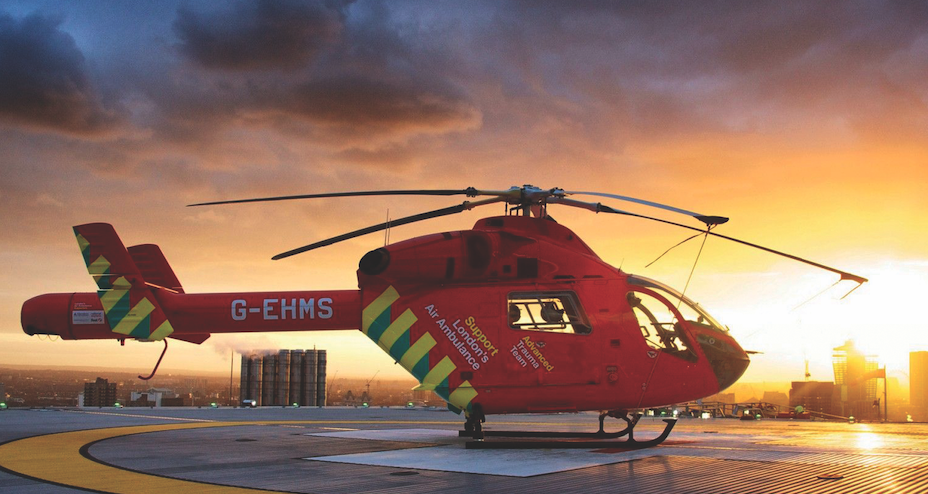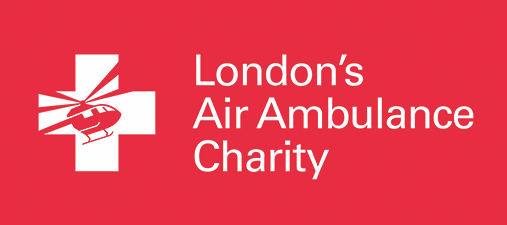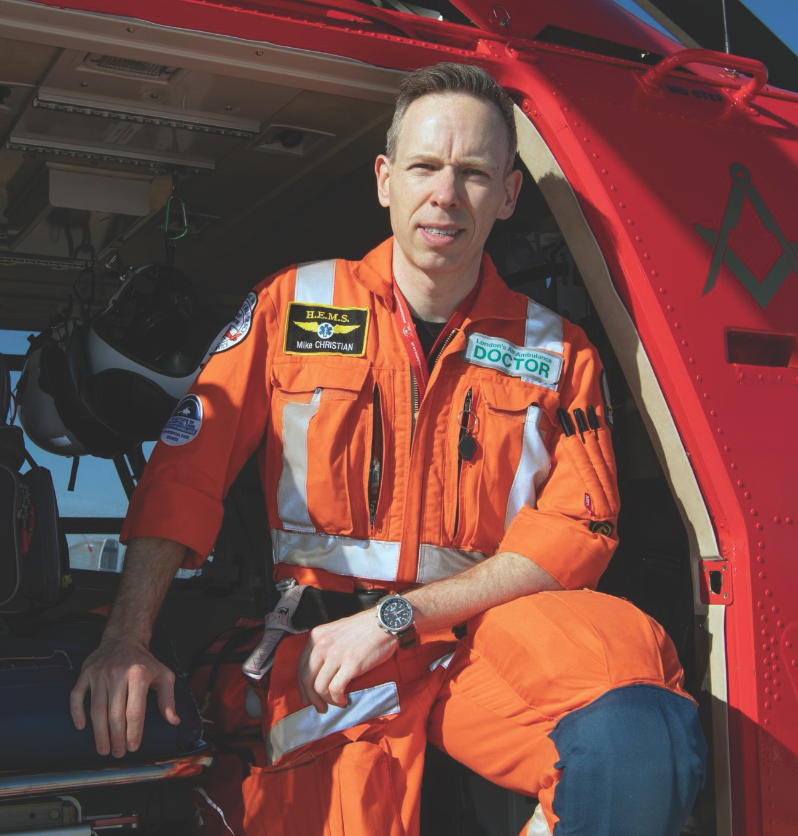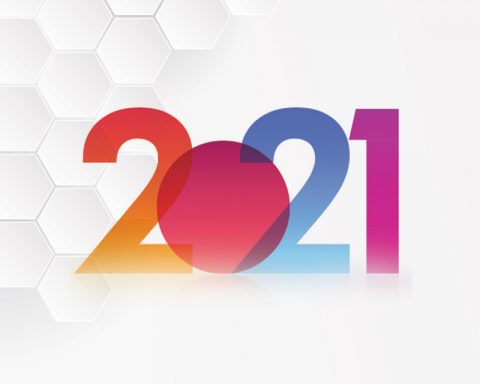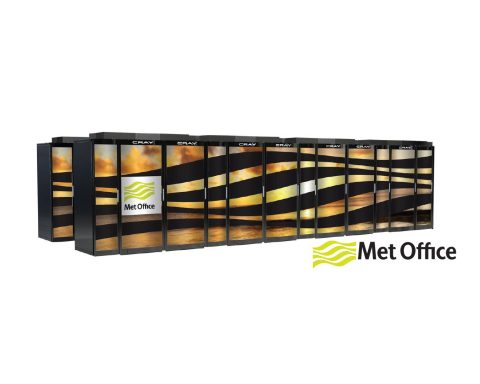Medics at London’s Air Ambulance Charity only deal in life and death situations. Their helicopter and rapid
response cars take an advanced trauma team to patients in the capital needing emergency medical treatment and who are unlikely to survive the journey to hospital. London’s Air Ambulance brings the hospital to the scene to deliver urgent medical care when every second counts.
The life-saving charity looks after the 10 million people who live, work and travel within the M25, treating an average of five patients every day. The most common incidents include serious road traffic collisions, stabbings, shootings, falls from height, industrial accidents, assaults and incidents on the rail network. The service has attended most major incidents in London including 7/7 and the London Bridge terror attacks.
Until recently, London’s Air Ambulance teams used paper and pens to create checklists of the equipment that had to be placed into each medical bag, and whiteboards to assign those bags to vehicles. The charity needed to find a digital solution that ensured checklists could be created and shared from mobile phones and tablets, giving all medics one view of their operation, wherever they were, at any time of day or night.
This lo-fi implementation of inventory to keep track of equipment wasn’t working for a team that prides itself on speed, agility and accuracy. London’s Air Ambulance needed a digital solution, so they called upon the expertise of Intelogy, a firm that specialises in helping companies and organisations embrace digital ways of working.
Intelogy came up with the idea of attaching QR codes to every medical bag.
Once the code is scanned by a device, the user can log all the equipment in the bag before it’s ready to go out again.
That information can also be easily shared with other charity staff or the helipad team, who can support the medics by ordering new equipment for them.
Simon Chalfont, Technical Director at Intelogy, helped London’s Air Ambulance build the PowerApp and, like everything else the medical team does, speed ended up being a key part of the process.
“Because of how easy PowerApps is to use, the development speed was phenomenal,” he explained.
“The QR code idea was suggested during a Friday meeting, we had a proof of concept by the middle of the following week and the solution was designed the week after. That process would normally have taken months, or sometimes years. PowerApps fundamentally changes the way we think about digital transformation at organisations.”
Being “low-code” solutions, they are easy to build and can solve specific problems that organisations are experiencing.
Mike Christian, Doctor and Research & Clinical Effectiveness Lead with London’s Air Ambulance elaborated further. “I’m not a techie guy,” he said. “So when we embarked upon the digital transformation project at London’s Air Ambulance, we made a decision to use Microsoft’s Power Platform because there’s no need for bespoke development and we would have a product that we could maintain ourselves in the future.
Mike and his team want to develop the app further and capture more data that can help them save lives.
“When it comes to the potential of what this technology can do for us, the sky’s the limit.”


